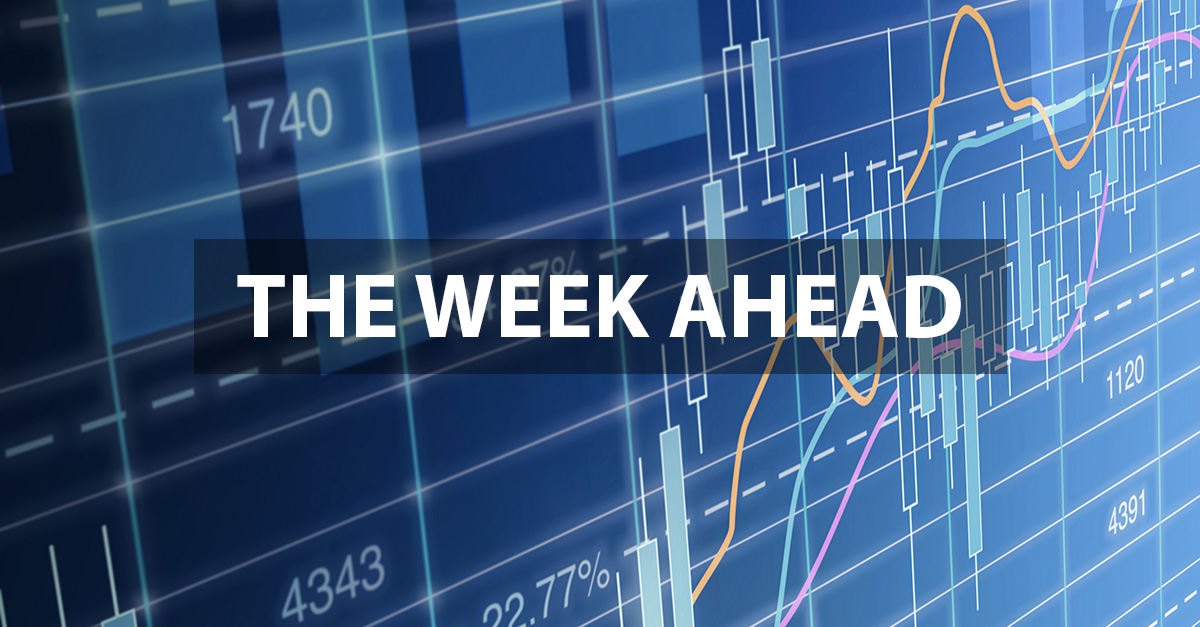Welcome to “The Week Ahead” where we take a moment to provide our thoughts on what we can expect in markets and the economy during the upcoming week.
Equity markets pushed higher again last week, with the S&P 500 up 3.5%. Despite plenty of drama and stresses in recent weeks, it closed the first quarter strong, up nearly 7%. Some calm has descended on markets after weeks of volatility. Negative sentiment and fatigue are currently being unwound as central banks’ emergency lifelines to preserve the battered banking sector have seemingly worked as intended, and banks’ use of these emergency tools has slowed. At the same time, the underlying economic data in the US and elsewhere has been generally robust.
In some ways, this dynamic has created a peculiar market narrative; bonds are pricing a recession, but equity markets are not. The narrative goes that the economy has proved extraordinarily resilient. Yet, markets are pricing in 50bps worth of rate cuts before year-end and 150bps by the end of 2024 because markets are forward-looking. Markets deem the Fed to be at the end of its hiking cycle due to the rate hikes delivered to date and the policy transmission issues within regional banks. The problem within banks, however, primarily affects bank profitability which, while disruptive to lending, we believe does not pose a systemic threat, hence since the economy has broadly done “OK” while rates have been rising, investors are expecting an end to rate hikes, minimal forward effects on markets, and stocks to hang in from here. In short, a narrative of goldilocks scenarios for the economy and markets.
As noted previously, these narratives seem inconsistent. Despite economic data showing that the consumer is resilient and labor markets are solid, the factors influencing a recession were in place before the recent bank failures. Over the past year, short-term interest rates have risen nearly 500bps, yet inflationary pressures are still persistent. With the current banking tumult making financial conditions significantly tighter, one should look for corporations to pull back on corporate initiatives and capital market activities even without new rate hikes. Furthermore, using the labor market & Fed forecasts as a guide, the recession has long been expected to be a third-quarter event in recognition of the lags in policy transmission. Thus, it should not be expected to be reflected in the data.
In our view, one of two things seems likely to happen from here, and it sounds somewhat like a Harry Potter prophecy: “either must die at the hand of the other for neither can live while the other survives.” We believe either the US economy will indeed slow meaningfully, dragging down corporate earnings, or, should the economy stay resilient, there will need to be a repricing for higher rates within future Fed policy, as the Fed is still confronting inflation and employment that is too high.
This week, we kick off a holiday-shortened week with a host of the beginning of the month data. The key economic data releases will be the ISMs (Institute for Supply Management) and the employment report, which will be released on Friday when markets are closed. The weekly updates on bank balance sheets and Fed loans will also carry greater importance from now on as participants will be attuned to new trends in bank deposits to help assess potential reverberations in markets and the economy.
Data deck for April 1 - April 7:




